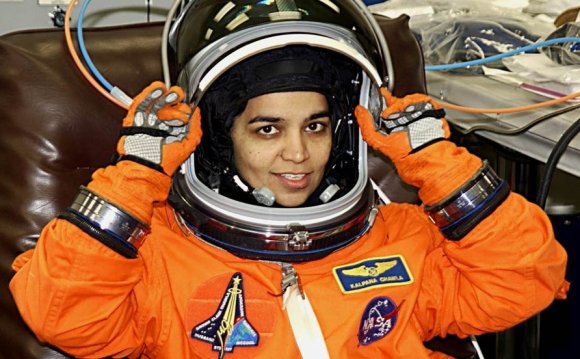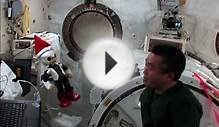
India took a giant step towards to making its first manned space mission after it successfully launched its latest rocket with a crew module for astronauts.
The testing of its Geostationary Launch Vehicle [GSLV] capped a triumphant year for its Indian Space Research Organisation (ISRO) which completed the cheapest ever mission to Mars in September. It entered the Martian orbit only a day after the American Maven mission but was £365 million cheaper.
India’s prime minister Narendra Modi had joked that it was £13 million cheaper than the Hollywood space hit Gravity starring George Clooney and Sandra Bullock.
The new rocket was substantially more expensive, taking a decade and $400 million (£256 million) to develop, but it marks a significant breakthrough in the race to send Indian astronauts into space and eventually make a lunar landing.
The GSLV Mark 3 was launched from the Satish Dhawan Space Centre on the country’s southern coast and carried a three ton payload, including its “Crew Module Atmospheric Re-entry Experiment (CARE)” beyond the Earth’s atmosphere. It ejected the crew unit 78 miles above the earth and parachuted into the sea 20 minutes later. It was recovered 111 miles from the Andaman Islands.
Scientists will examine the module’s performance to assess whether it can safely bring its future astronauts back to Earth.
“This was a very significant day in the history of the Indian space program”, said K. Radhakrishnan, ISRO chairman.
“India started the development process a decade ago, and just now we completed the first experimental flight of the GSLV Mk 3”, he added.
Ajay Lele, a defence researcher and the author of Mission Mars: India’s Quest for the Red Planet said the successful launch was a key stage towards launching manned missions but warned it could be another ten years before it achieves its ambition.
“It is a significant development but we were a bit euphoric about it. GSLV is a suborbital launch vehicle and has only passed the liquid and solid engine test. We will need another two years to test the cryogenic (liquid gas) engine”, he said “So far we have been able to carry a pay load of three to fourtons and to send a manned mission we need higher pay load capacity. If things go well, we are still ten years away from the manned mission”, he said.
classy stylish womens suits what does business development manager do stylish funeral outfits coworking space amsterdam what to wear on long-haul flight and look stylish how to increase business instagram followers how to expand your business heathrow worldwide dc tracking how to increase sales in a business what can i start a business in stylish fonts coworking europe what is a business domain today's football results worldwide international drinking rules lc international ltdRELATED VIDEO












